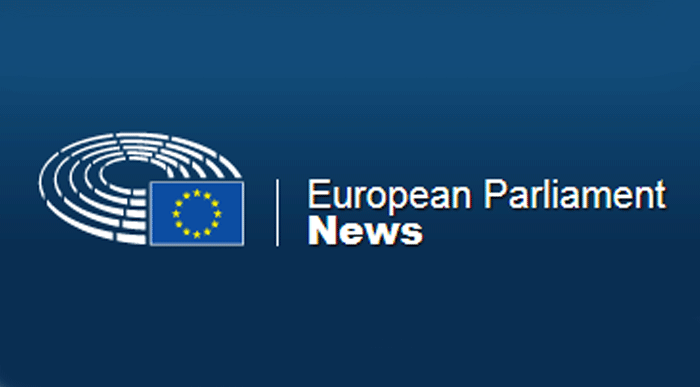An informal deal to remove the technical obstacles that differing national standards and procedures place in the way of rail operators and rolling stock manufacturers was struck by MEPs and EU and the Latvian Presidency of the Council of Ministers on Wednesday. This deal, on the “technical pillar” of the 4th railway package should cut the time and cost involved in certifying that operators, locomotives and carriages meet safety and technical standards.
For cross-border services, applications for safety certification and authorisation of locomotives and carriages will be made to the European Railway Agency (ERA), says the agreed text. For services within a member state, operators and manufacturers would be able to choose whether to apply either to the ERA or to the national authorities.
Parliament’s negotiators ensured that the new certification and authorisation arrangements would be operational within 3 years of the entry into force of the new rules. EU member states may extend this period by one year, if they notify the ERA and the European Commission and justify the extension. The agreement also provides for further harmonization of technical standards over time.
Statements by EP negotiators
Michael Cramer (Greens/EFA, DE), Transport Committee chair and rapporteur for the railway safety directive:
“This could be the breakthrough for the European Railway Area. We have managed to overcome separate national procedures and create EU-wide rules that will help industry to make trains cheaper and safer. Instead of 26 national procedures, manufacturers will be able to use just one procedure in Europe. The ERA will help overcome more than 11,000 national rules. This lays the foundation for the European Railway Area.”
Roberts Zile (ECR, LV), rapporteur for the European Railway Agency regulation:
“The European railway sector still faces continuous problems such as barriers to competition, discrimination and the lack of a dynamic business-friendly environment. New legislation will lead to more harmonised rules on interoperability and safety and a more open EU railway market. The new ERA will play a greater role in authorising wagons and locomotives as well as certifying railway undertakings. Its role will also be strengthened with regard to moving towards a system of truly transparent and impartial railway rules at Union level and a gradual reduction in national rules.
Sometimes the role of some European agencies is rather disputable and not very clear, but in the case of the ERA – a strong, well-equipped and efficient railway agency is a precondition to ensure the development and functioning of European transport market, and especially in the railway sector.”
Izaskun Bilbao Barandica (ALDE, ES), rapporteur for the interoperability directive:
“Europe needs integrated efficient mobility, which is cleaner than the current system. It is central to our competitiveness. Railways play an important role in getting there and their development is now limited by barriers linked to the situation prior to the creation of the European Union.
We need a single railway area where operators and manufacturers of infrastructure and rolling stock can provide better and cheaper services to passengers and companies that move goods. The interoperability directive is a step in that direction: it simplifies procedures, eliminates barriers, facilitating the emergence of cross-border services and aims to open a market that has a lot of potential to improve the lives of citizens, the competitiveness of enterprises, create jobs and wealth and provide a cleaner and sustainable alternative transport system.”
Next steps
The informal deal on the 4th railway package technical pillar files still needs to be approved by the Committee of Permanent Representatives of the Council and Parliament’s Transport and Tourism Committee and then the Council and Parliament as a whole. Representatives of the incoming Luxembourg Council Presidency said that they would aim to achieve a Council position on the political pillar files at the October Council meeting.


